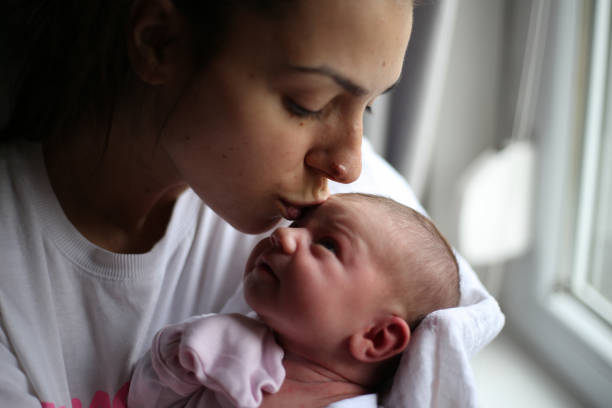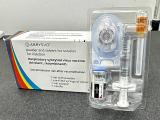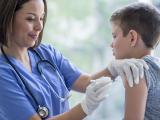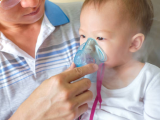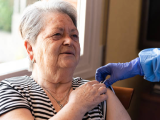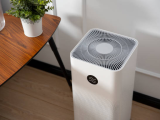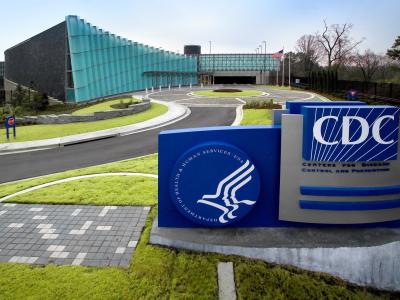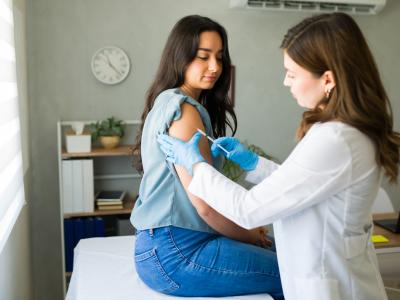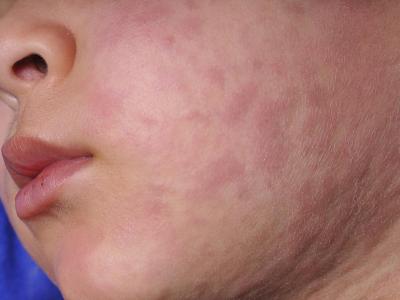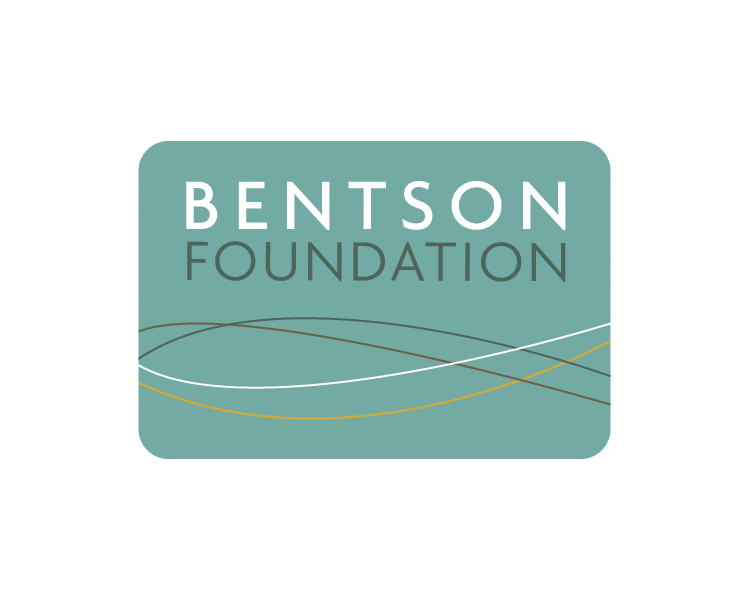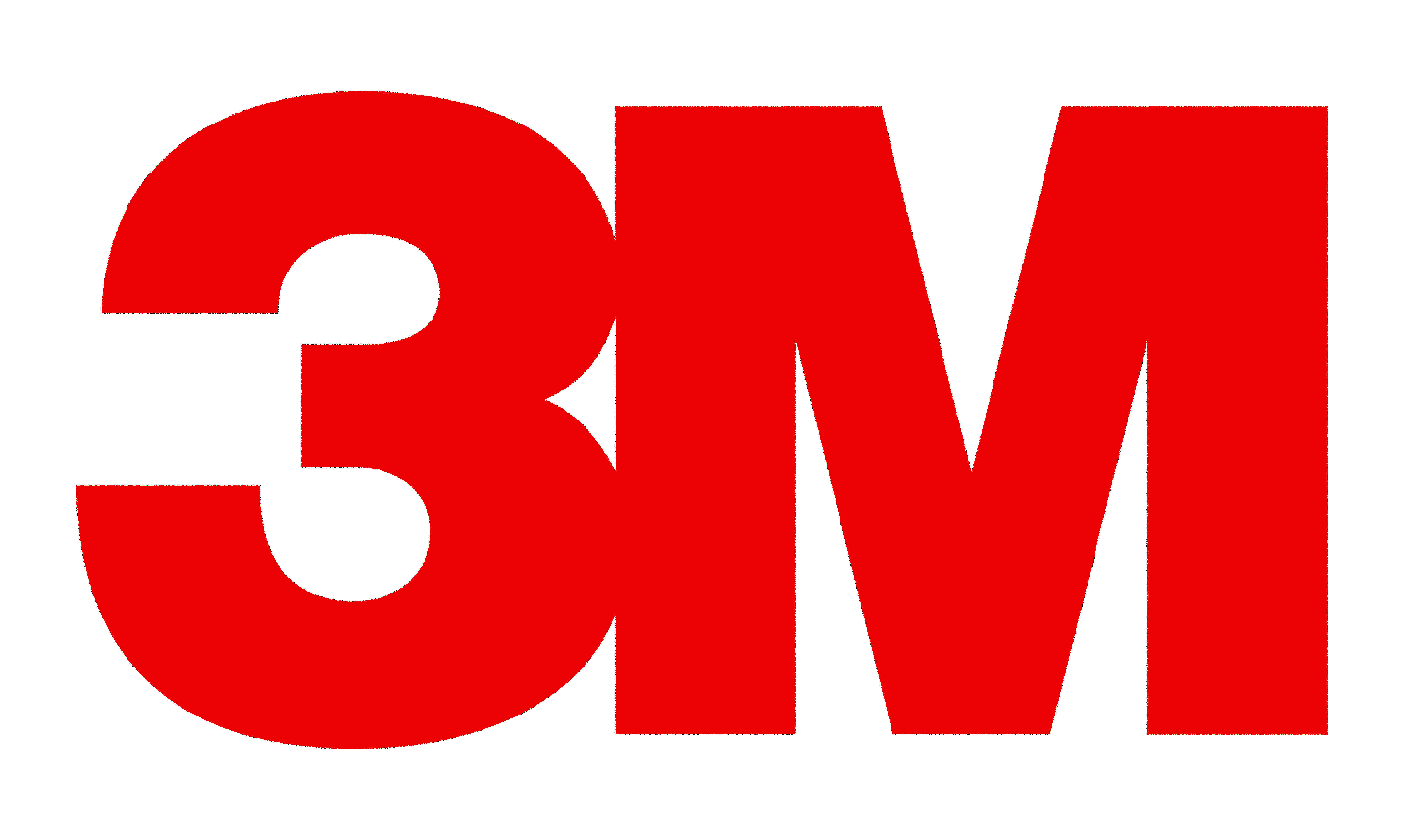Two new studies suggest that nirsevimab (Beyfortus) is 80% to 89% effective in protecting infants from poor respiratory syncytial virus (RSV) outcomes, and a third study ties a federal initiative to increased enrollment in a vaccine access program at birthing hospitals (from 27% to 36% in 1 year) that doubled the number of nirsevimab doses ordered.
In August 2023, the Centers for Disease Control and Prevention's (CDC's) Advisory Committee on Immunization Practices recommended one dose of the long-acting monoclonal antibody to prevent RSV-related lower respiratory tract infection (LRTI) in all infants younger than 8 months born to mothers who didn't receive the maternal RSV vaccine.
While post-licensure nirsevimab data have demonstrated high efficacy against hospitalization, real-world evidence of its effectiveness against RSV-related critical illness is limited.
83% effective against respiratory failure
For the first study, a multi-center, case-control investigation, a team led by a CDC researcher estimated nirsevimab's effectiveness against infant hospitalization and intensive care unit (ICU) admission at 27 US hospitals in 24 states from December 2024 to April 2025.
Participants included 457 infected infants and 302 controls who tested negative for RSV. A total of 14% and 45%, respectively, received nirsevimab at least 7 days before symptom onset.
The results were published last week in Morbidity and Mortality Weekly Report (MMWR).
Of the RSV and control patients, 52% and 55%, respectively, met the criteria for acute respiratory failure (ARF). Among controls, the highest level of respiratory support received above preadmission baseline (11% continuous positive airway pressure [CPAP], 17% bilevel positive airway pressure [BiPAP], and 27% invasive mechanical ventilation [IMV]) was similar to or higher than that received by infected infants (14% CPAP, 25% BiPAP, and 14% IMV).
The median length of hospital and ICU stay was 6 and 4 days for both RSV and control patients. Two infected patients and two controls required extracorporeal membrane oxygenation, and one RSV patient and four control patients died in the hospital.
Most children admitted to an ICU for RSV were previously healthy.
Estimated nirsevimab effectiveness was 80% against RSV-related ICU admission and 83% against ARF (need for CPAP, BiPAP, or IMV) when received a median of 52 and 50 days before illness onset. When stratified by time from nirsevimab receipt to symptom onset, nirsevimab effectiveness against ICU admission was 86% at 7 to 59 days after receipt and 66% at 60 to 183 days.
"Most children admitted to an ICU for RSV were previously healthy," the researchers concluded. "These findings add to growing evidence supporting the effectiveness of monoclonal antibody immunization against severe outcomes from RSV infection in infants during their first RSV season and can be used by clinicians and parents to guide use of this prevention product."
Preterm birth, older siblings risk factors for hospitalization
Researchers in Italy and New York City conducted the second study, which used electronic medical records to estimate nirsevimab effectiveness against RSV hospitalization among 13,624 infants in Italy during the 2023-24 and 2024-25 respiratory virus seasons. Average patient gestational age was 39.4 weeks, 51.4% were boys, 4.8% were born preterm, and 49.5% had older siblings, the latter two of which increase the risk of infection.
Universal nirsevimab prophylaxis was implemented for all newborns at five neonatal hospitals in the provinces of Ravenna, Faenza, Forli, Cesena, and Rimini, with no exceptions for gestational age or underlying illnesses. Participants were followed from hospital release until first RSV hospitalization, first birthday, or season end.
The findings were published last week in JAMA Network Open.
Nirsevimab population coverage of 79.2% was tied to a significantly lower population- and individual-level risk of RSV hospitalization. Among 292 infants hospitalized with RSV LRTI (2.1%), fewer were in the post-nirsevimab than pre-nirsevimab season group (24.7% vs 75.3%), with a population-level reduction in hospitalization risk of 68% (hazard ratio [HR], 0.32).
The persistent risk associated with prematurity and household RSV exposure suggests a need for supplemental approaches to optimize RSV prevention in high-risk infants.
In a separate analysis that compared infants born in the same month and therefore at similar baseline RSV risk, nirsevimab was associated with an 89% lower risk of RSV hospitalization (HR, 0.11).
Premature birth (HR, 2.93) and living with older siblings (HR, 4.57) were tied to greater hospitalization risk in nirsevimab recipients. Among hospitalized infants, nirsevimab was linked to lower use of high-flow oxygen (odds ratio, 0.33) but not with shorter hospitalizations (incidence rate ratio, 0.81).
"Nirsevimab prophylaxis was associated with substantially lower RSV hospitalization risk and reduced in-hospital RSV severity, supporting its implementation as a public health strategy," the study authors wrote. "However, the persistent risk associated with prematurity and household RSV exposure suggests a need for supplemental approaches to optimize RSV prevention in high-risk infants."
Twice as many doses ordered
For the third study, also published last week in MMWR, CDC researchers estimated the effectiveness of a CDC intervention in boosting birthing-hospital enrollment in the Vaccines for Children (VFC) program and increasing the number of nirsevimab doses ordered from the 2023-24 to the 2024-25 US respiratory virus seasons.
Starting in August 2023, the CDC worked with professional organizations and health departments to improve birthing-hospital enrollment in VFC by developing and disseminating educational and training resources and establishing learning collaboratives featuring facilitated discussions of lessons learned and promising practices.
In April 2023, the CDC held focus groups with 11 US jurisdictions on facilitators and barriers to birthing-hospital enrollment in VFC. "Many jurisdictions reported challenges in developing relationships with birthing hospitals, a need for capacity building within jurisdictions, and a need for flexible VFC policies," the authors wrote.
Starting July 1, 2025, as a condition of funding support for VFC, CDC requires that each jurisdiction enroll ≥30% of its birthing hospitals in VFC.
"In response, to streamline administrative processes for healthcare providers, the CDC updated VFC policies to make nirsevimab ordering and inventory management easier and encouraged birthing hospitals to implement VFC policies that reduce the required number of stocked immunization products to only those recommended within 1 week of birth (ie, nirsevimab and hepatitis B vaccine).
VFC is a public-private partnership that provides CDC-purchased immunizations such as nirsevimab to eligible children at no cost. About half of children aged 19 to 35 months are eligible for VFC; of them, 93.4% are insured by Medicaid. "Medicaid-insured infants have a higher incidence of severe RSV infection than do privately insured infants," the researchers noted.
The CDC effort to enroll birthing hospitals in VFC was associated with an increase in enrolled birthing hospitals from 763 (27.1% of 2,817 facilities) at the beginning of the 2023-24 RSV season to 1,021 (36.2%) by the end of the 2024-25 RSV season.
"The largest increase occurred among jurisdictions in the U.S. Census Bureau Northeast Region, from 158 (44.4%) birthing hospitals to 266 (74.5%)," the authors wrote. "During the 2023-24 season, birthing hospitals ordered 46,738 VFC doses of nirsevimab; during the 2024-25 season, the number of doses ordered more than doubled, to 102,057."
"Starting July 1, 2025, as a condition of funding support for VFC, CDC requires that each jurisdiction enroll ≥30% of its birthing hospitals in VFC; as of March 31, 2025, 39 of 61 (63.9%) jurisdictions have met this target," they added. "Clesrovimab, a new RSV monoclonal antibody, was recommended by ACIP in June 2025 and will be available as an alternative to nirsevimab through the VFC program."
